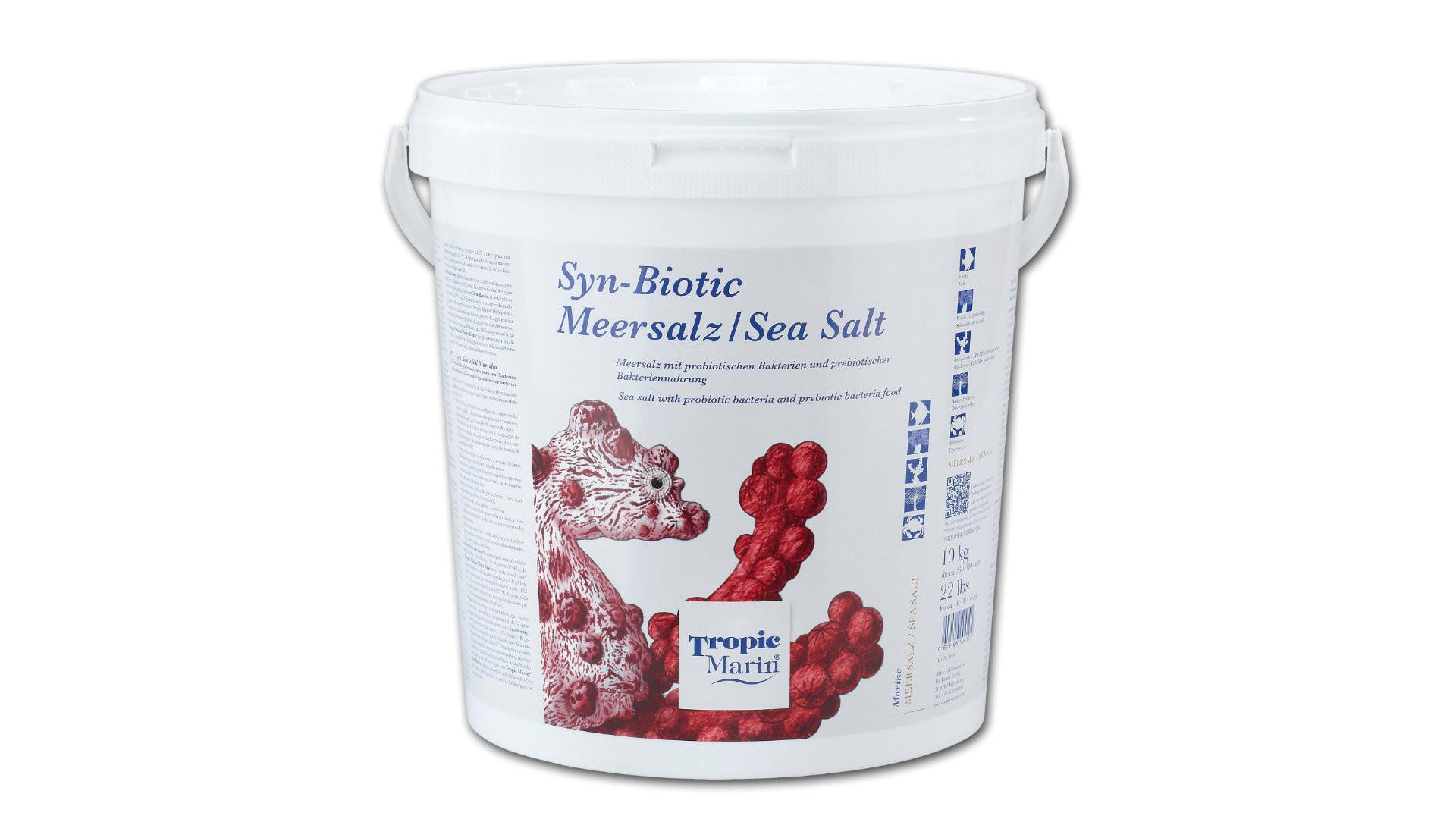More Than One Way To...

Have you ever heard the phrase “there is more than one way to skin a cat”? Upon analysis, it begs the question, who's skinning cats and what the heck for? What this saying is actually saying, is that there is usually more than one way to do even the most specific job. This concept is very applicable to keeping marine aquariums. Between us all here at Quality Marine, the husbandry staff, professional aquarists, biologists, and aquarium hobbyists, we have several hundred years of experience in keeping marine aquariums. Some of us have been keeping marine aquariums for more than 40 years! We've seen many trends come and go, but if you sit down and ask aquarium questions from the huge variety of us at Quality Marine, what you'll soon find out is that there are lots of ways to keep aquariums, and there is no silver bullet pathway to success. In regards to filtering, it can be achieved in a variety of ways. We'll chat about a couple different options here, and rest assured there are even more ways.
The simplest way to filter your aquarium is to not filter it. With adequate rock and flow, very lightly stocked aquariums can easily function without any formal filtration at all (we'll pause here to allow you a moment to recover). This plan is dependent on the biological activity of the rocks in the display to help break down ammonia. The best stocking plan for this type of filtration is fishless. This dramatically reduces the amount of food that needs to go into the aquarium, thus naturally limiting the ammonia produced. Utilize corals and macroalgae to make an interesting seascape, then add a minimum of cleaner inverts like shrimp and snails to help maintain the space. Because you aren't keeping fish, the number of cleaners you will need is nominal. Obviously, this aquarium plan, like any other, still needs water changes, and they are critical. For people trying to grow Small Polyp Stony corals, this system works surprisingly well.
The next easiest way to filter a marine aquarium is a canister filter. If you listen carefully you can hear me getting torched for this statement on a variety of aquarium forums right now. Canister filters fell out of favor long ago because if poorly maintained they can build up waste and cause nitrate levels to spike in the aquarium. But, for smaller aquariums, they offer excellent flow through and the option to run a variety of different media. Utilizing media other than activated carbon can really bring excellent results; very porous media like ceramics, sintered glass, live rock rubble, and other bio-media all do a great job of ammonia break down in canisters. In multi-stage canisters, carbon and other polishing compounds also have a place. Both the media and the filter bodies themselves need to be regularly cleaned in order to maintain their efficiency, but if that is done, canisters work swimmingly well for aquariums less than 55 gallons. The one drawback to the canister that doesn't really have a work around is the lack of a skimmer. In systems that need it, and hang on back skimmer is the best way to deal with this (skimmers are another article).
The most common way to filter a marine aquarium, especially larger, or more heavily stocked ones, is with a sump filter. A sump basically looks like another aquarium that has baffles in it to make separate chambers. Particulate filtration is done at the intake of the sump, and the following chambers can be used for skimmers, heaters, biologically active media, chemical filtration, and even refugia before the water is returned to the main display via pumping. These systems are very simple to keep because particulate filtration gets done before entering the sump, keeping it cleaner by design. Maintenance is generally as simple as emptying the skimmer, and changing out filter socks. If you have a lot of biological filtration media in the sump, it will sometimes need a saltwater rinse, but that's it. If you have an aquarium that is fish heavy, or bigger than 40 gallons, or both, you should consider sump filtration as likely the best choice for your aquarium. If your aquarium stand has room for it, sumps also work well for small aquariums (which is why they are generally the go-to filtration solution for marine aquariums).
About the only filter system we don't recommend is a hang on back system (HOB). While we've seen some small displays running HOB filters, they all have problems with salt spray, salt creep and introducing a lot of bubbles to the display. It's possible, at least with light stocking, and maybe a hang on back skimmer, but there are better solutions for you.
No matter what filter system you decide on, tank maintenance can't be replaced. Regular 10% to 20% water changes with a quality salt mix like Tropic Marin remains the single most important thing you can do to maintain a healthy aquarium. So go forth, and plan your display and your filter around what you want to have in the aquarium, and remember, there is more than one way to filter an aquarium.